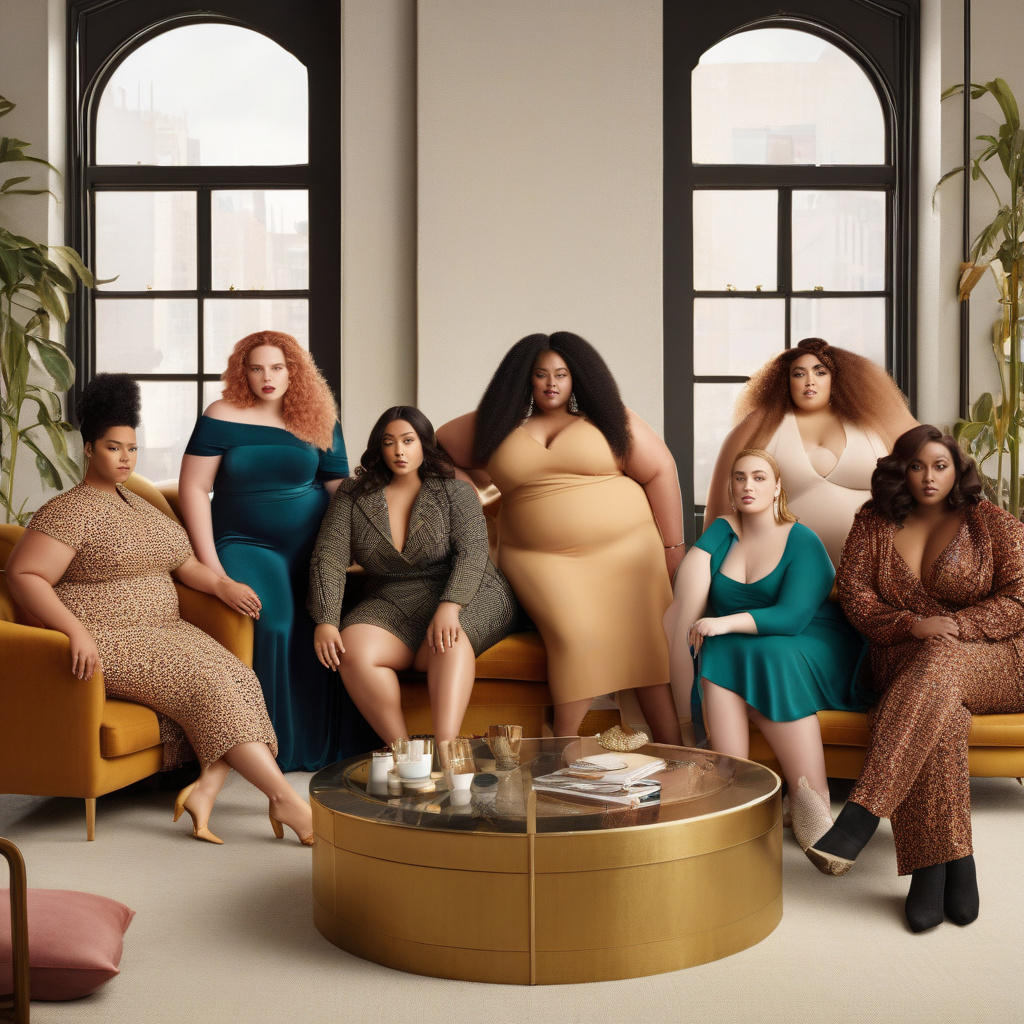“Ozempic Arrived and Everything Changed”: Plus-Size Models on the Body Positivity Backlash
The body positivity movement has undeniably made significant strides in recent years, championing acceptance and inclusivity for individuals of all shapes and sizes. However, a concerning trend has emerged that threatens to undermine these hard-fought gains. The resurgence of a ’90s emphasis on thinness has been fueled, in part, by the rise of weight-loss injections such as Wegovy, commercially known as Ozempic. As these products gain popularity, the careers of plus-size models are experiencing a noticeable stall, raising important questions about the future of body positivity in the fashion industry.
Wegovy, a medication approved by the FDA for chronic weight management, has been making waves for its effectiveness in promoting weight loss. Marketed as a solution for individuals struggling with obesity, the drug has garnered significant attention and praise for its ability to deliver tangible results. However, the widespread adoption of Wegovy and similar products has inadvertently contributed to a cultural shift towards prioritizing thinness as the ideal body type once again, reminiscent of the ’90s era of supermodels with waif-like figures.
For plus-size models who have long been at the forefront of the body positivity movement, this shift represents a significant setback. The fashion industry, which had made notable strides in embracing diversity and representation, is now facing criticism for reverting to narrow beauty standards that exclude larger body types. As weight-loss injections like Ozempic become increasingly popular, the demand for plus-size models in campaigns and runway shows has diminished, leaving many talented individuals sidelined in an industry that once celebrated their presence.
The implications of this body positivity backlash are far-reaching, extending beyond the realm of fashion and into the broader cultural landscape. At a time when conversations around self-acceptance and diversity are more important than ever, the resurgence of thin-centric ideals threatens to erode the progress that has been made towards fostering a more inclusive society. By elevating weight loss as the ultimate goal, regardless of the potential health risks or psychological impact, we risk alienating individuals who do not fit into this narrow definition of beauty.
It is crucial for stakeholders in the fashion and beauty industries to reflect on the unintended consequences of promoting weight-loss injections like Wegovy as a one-size-fits-all solution. While there is certainly value in supporting individuals on their health and wellness journeys, it is equally important to ensure that diverse body types are represented and celebrated in all aspects of media and advertising. By prioritizing inclusivity and authenticity over unrealistic beauty standards, brands have the power to shape a more positive and empowering narrative around body image.
As plus-size models navigate this challenging landscape, it is clear that their voices and experiences must be uplifted and amplified. By sharing their stories and advocating for greater representation, these trailblazing individuals can continue to drive meaningful change within the fashion industry and beyond. The body positivity movement may be facing a backlash, but it is through resilience and solidarity that true progress is achieved.
In conclusion, the rise of weight-loss injections like Ozempic has sparked a concerning shift towards ’90s thinness ideals, impacting the careers of plus-size models and challenging the core principles of the body positivity movement. As we confront these evolving dynamics, it is essential to reaffirm our commitment to diversity, inclusivity, and self-acceptance in all aspects of society. Only by embracing the beauty of all body types can we truly create a culture that celebrates the uniqueness and individuality of every individual.
#BodyPositivity, #FashionIndustry, #PlusSizeModels, #Inclusivity, #BeautyStandards












